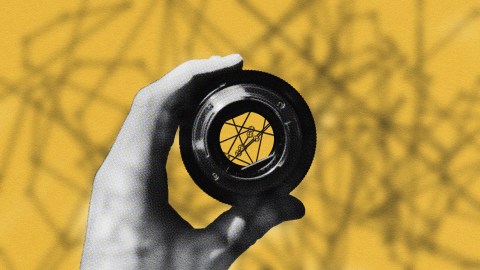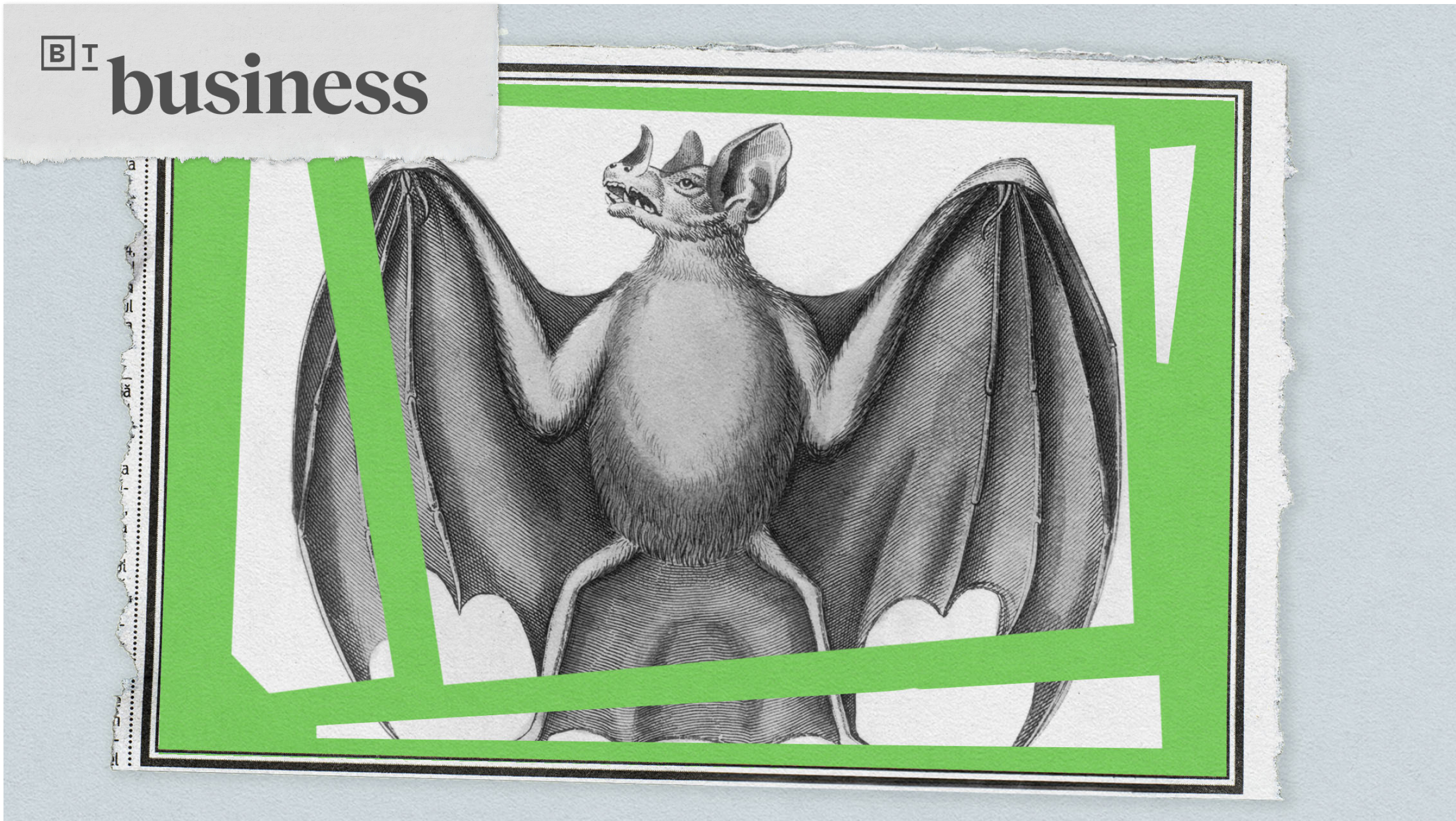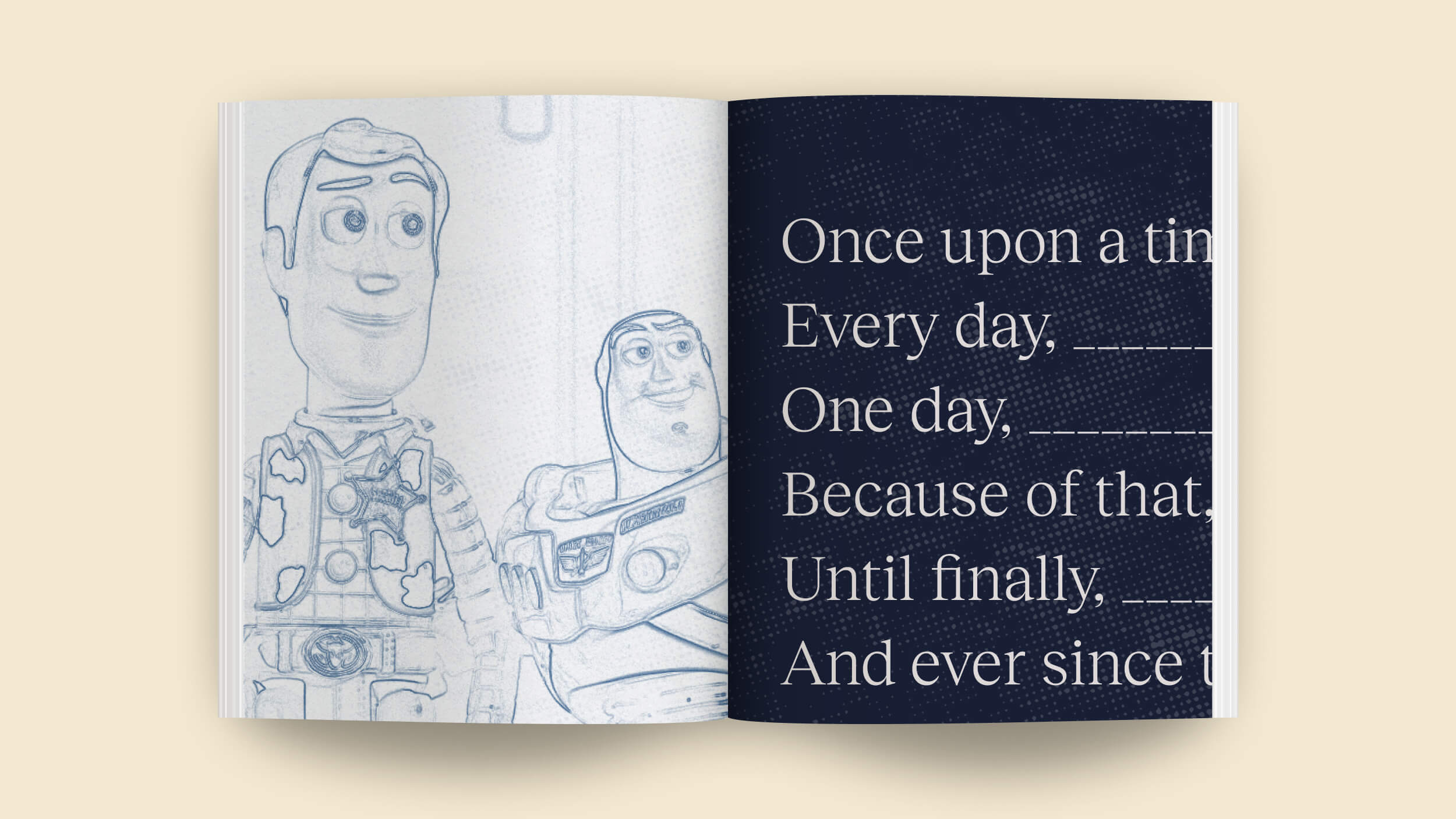Why “the pinch” can become your greatest problem-solving tool

- In a brainstorming environment one person often has a lightning moment that charges the atmosphere for the rest of the team.
- When looking at new problems, it’s important to resist the mind’s gravitational pull towards existing solutions.
- To avoid the path of least resistance teams can use strategic questions to “pinch” and focus attention.
We do this all the time in the lab. At so many junctures in our work, something takes an unexpected turn, or a solution stubbornly eludes us. We try to use those moments to refocus our attention and press on with renewed energy. We continually have to “pinch past” our perceptions of what’s possible. We need to constantly challenge and often disrupt groupthink, dogmas in the field, other people’s assumptions, and even our own assumptions. Each of us focuses and refocuses this way, and, like a relay team, we can do it collectively. In a brainstorming environment like ours, there’s often someone who’s having a lightning moment that charges the atmosphere for the rest of us.
When we look at new problems, it’s important to try to come up with new solutions and resist the mind’s gravitational pull to consider existing technologies or solutions, which often leads to suboptimal results. We review the existing technologies in our toolbox when we start, but we’re also cautious because there’s a natural momentum, a gravitational pull, to just go with what you know, and you can waste precious time and resources—easily a couple years to see a research cycle through—trying to adapt existing technologies, only to encounter new complexities and eventually realize that you needed different thinking and different solutions from the beginning. We work intentionally to avoid the path of least resistance. How? We use strategic questions to pinch our attention.
What can our existing technologies do? More important, what can they not do? And how does this match up with the current problem definition? Because what matters most now is: What is needed? What have others tried? What has failed? What has sort of worked but not well enough? What aspects of biology, medicine, and translation (scalability, patents, clinical trials, and so on) are important to consider early in the process? What is the best result that others have achieved, and in what model system? What is the result we need to achieve if we’re to electrify the field and get investors, colleagues, the industry, and the community excited about it? What will enable us to dramatically advance the field and benefit patients?
Most often this initial review process helps us define the new problem more clearly. Then we refocus solely on the new problem and place the past work, the old problem, and the old technologies we have developed to target them back on the shelf.

Here’s a streamlined, slow-motion version of how we use “the pinch” in the lab setting to accelerate but also deepen our problem-solving process. These are some of the questions that have led to rounds of exploratory discussions and research that eventually led to multiple useful bio-inspired outcomes as we looked for ways to create better medical adhesives.
QUESTION: What problems exist in which a better medical adhesive would help?
This forced us to do a deep dig to define the problem. We spoke with doctors, nurses, and people in medical companies and identified the need for an adhesive that would affix monitoring devices to tender newborn skin and would not tear the skin when removed, that would seal a hole inside the beating heart of a young child, and that would hold skin or tissue together like staples but not damage the skin as staples do because they must be bent in the tissue to hold fast. Staples also create an attractive place for bacteria to invade and grow in and require bulky devices for placement, which can’t be easily used for minimally invasive procedures with small incisions.
QUESTION: What adhesive mechanisms have evolved in the natural world that might provide inspiration?
We had worked earlier on a tissue adhesive inspired by geckos, but it wasn’t durable enough for challenging environments such as skin grafts or inside a beating heart. We brainstormed on how various creatures latch on to things they encounter. We considered the proboscises of mosquitoes and bees, and a colleague asked, “What about porcupine quills?”
QUESTION: What is already known about porcupine quills?
We did our homework. The North American porcupine (as opposed to the African porcupine) has quills with barbs that face away from the tip. The barbs are about the width of a human hair. The tip of the quill sinks into targeted tissue, but the barbs make it difficult to remove.
QUESTION: What more do we know about how the barbs work? How do porcupine quills so easily embed themselves in—strike, stick, and stay in—their targets?
There is almost no academic research on porcupine quills, such as how much force is needed to sink into flesh, how much to remove the quill, and so on.
QUESTION: How can we find out?
We poked quills into tissue and looked at the entry site. We found that most quills have several rows of barbs within a four-millimeter region at the tip. Surprisingly, it required about half the force to push a barbed quill into tissue as it does to push in a needle of the same diameter or a quill with its barbs shaved off. And unlike a standard needle or tissue staple, which makes tiny rips or tears as it enters tissue, a barbed quill makes a perfectly smooth hole, so it’s easier to guard against infections that find traction in the rough edges.
QUESTION: What if we put synthetic quills on both ends of a biodegradable staple and eliminate the need to bend the ends of the staple into the tissue?
You get the point (so to speak). Each question helps focus our attention on the most meaningful exploration and new questions.





